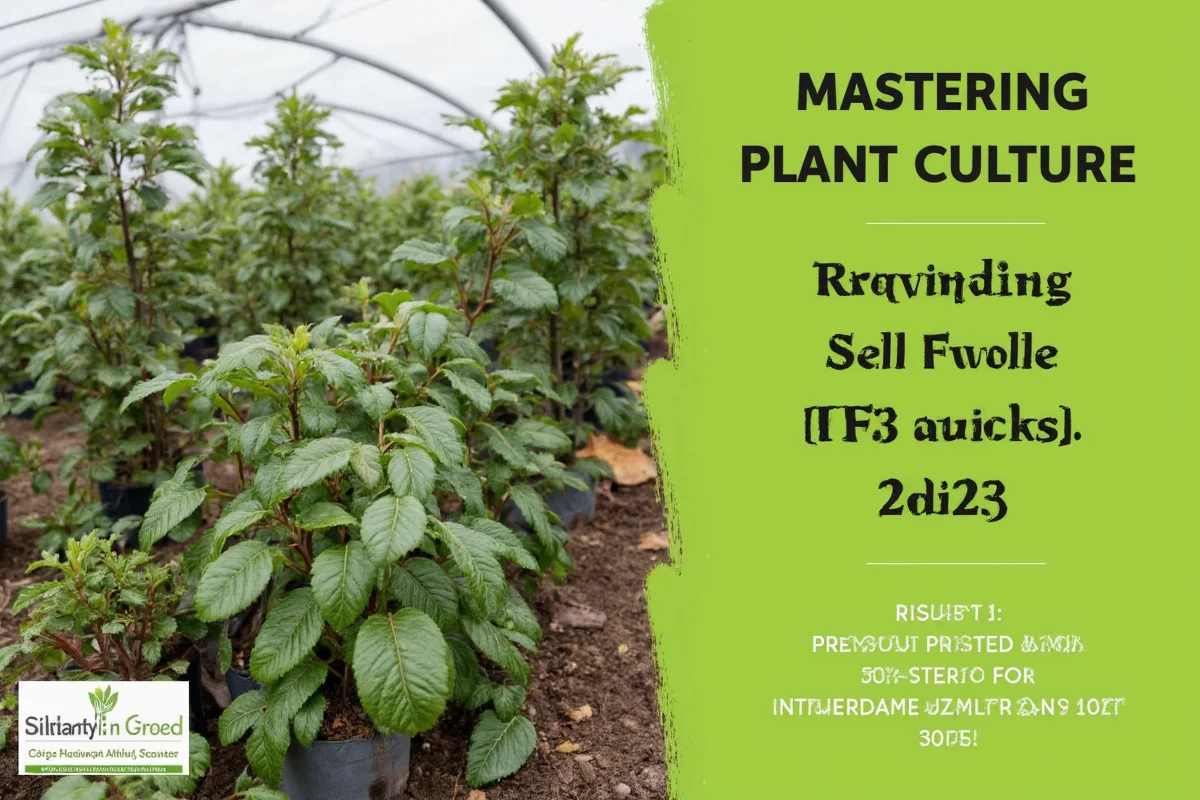Kalanchoe tomentosa, commonly known as the Panda Plant, is a popular houseplant celebrated for its unique appearance and easy care requirements. Native to Madagascar, this succulent is adored for its fuzzy, velvety leaves and rustic charm. In this article, we'll delve into the essential aspects of Panda Plant care, including its origin, growth habits, ideal environmental conditions, care tips, and potential challenges. Whether you're a seasoned gardener or a novice plant enthusiast, this guide will help you nurture your Panda Plant effectively.
Origin and Description of Kalanchoe Tomentosa
Kalanchoe tomentosa hails from Madagascar, where it thrives naturally in the arid, sunny landscapes of the island. Known for its distinctive appearance, this plant boasts thick, fleshy leaves covered with tiny 'hairs' or trichomes, giving them a soft and velvet-like texture. The leaves have a muted green color with mottled brown edges, resembling the markings of a panda—hence its common name.- Natural Habitat: Madagascar
- Leaf Texture: Velvety due to trichomes
- Leaf Color: Muted green with brown markings
- Size: Can grow up to 2 feet in height
- Growth Habit: Slow-growing
Ideal Environmental Conditions for Panda Plant
To ensure your Panda Plant flourishes, understanding its preferred environmental conditions is crucial. This succulent thrives in bright, indirect light, making a sunlit windowsill an optimal location. While the Panda Plant can endure some periods of direct sunlight, it’s wise to avoid excessive exposure to prevent leaf scorch.- Light Requirements: Bright, indirect light
- Temperature: Prefers warmth (above 60°F)
- Humidity: Low to moderate
- Soil: Well-draining cactus or succulent mix
- Water: Allow the soil to dry out between watering
Plant Care and Maintenance Practices
The Panda Plant's reputation for being easy to care for is well-earned, but a few specific practices can optimize its health and longevity. Watering is the most critical aspect of Panda Plant care. It’s essential to let the soil completely dry out between waterings, as overwatering can lead to root rot.- Watering: Sparingly; check soil moisture regularly
- Fertilization: Light feeding during growing season (spring/summer)
- Repotting: Every 2-3 years or if pot-bound
- Pruning: Minimal; primarily to remove dead leaves
- Pests: Watch for mealybugs and spider mites
Panda Plant Pest and Problem Management
While resilient to many common plant issues, the Panda Plant is not entirely immune. Key threats include mealybugs and spider mites, which can be managed effectively with vigilance and prompt action.- Common Pests: Mealybugs, spider mites
- Symptoms: White cotton-like spots, webbing
- Solutions: Natural insecticides, rubbing alcohol
- Preventive Measures: Regular inspection, maintain cleanliness
- Root Rot: Avoid overwatering
Reason for Its Popularity Among Gardeners
The Panda Plant's popularity largely stems from its appealing aesthetic and hassle-free maintenance. Its adorable, fuzzy leaves add texture and charm to any indoor setting, attracting both beginner and experienced gardeners.- Aesthetic Appeal: Unique, velvety foliage
- Low Maintenance: Perfect for busy individuals
- Adaptive: Can thrive indoors with minimal intervention
- Decorative Value: Complements various interior styles
- Rewarding: Easy to propagate
In conclusion, the Kalanchoe tomentosa or Panda Plant is an ideal choice for houseplant enthusiasts who appreciate unique, easy-to-maintain succulents. With proper care regarding light exposure, watering practices, and pest management, this charming plant offers significant decor value and a satisfying gardening experience. By cultivating the Panda Plant, gardeners can enjoy its distinct charm and longevity in their home spaces.











 浙公网安备
33010002000092号
浙公网安备
33010002000092号 浙B2-20120091-4
浙B2-20120091-4